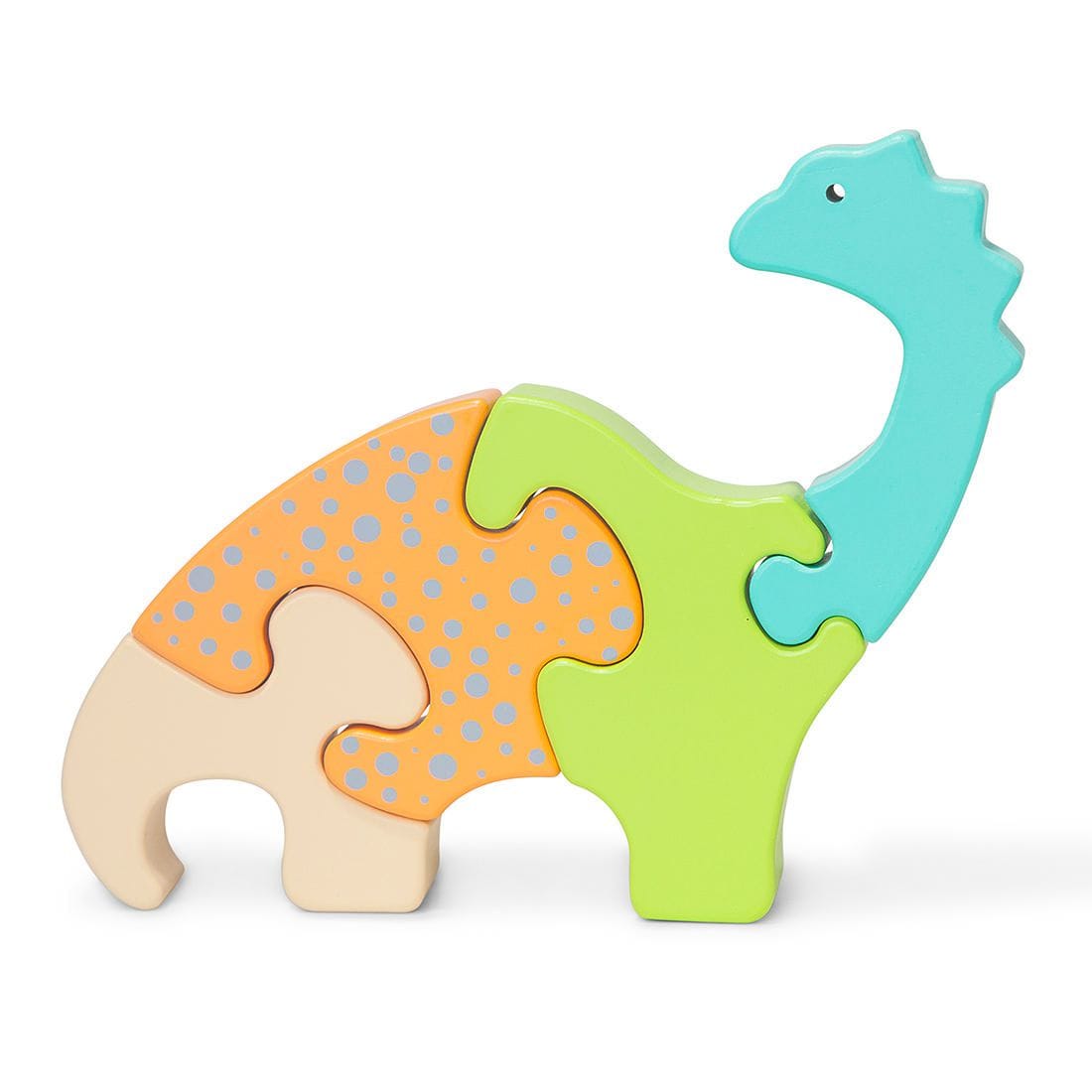Cooperative Learning Tool: Learn with your peer!
#Learning Experience Design, #Instructional Design,
#Cooperative Learning, #Peer Learning

What is Jigsaw method?
The jigsaw method is a research-based cooperative learning technique, invented in the early 1970s, by Elliot Aronson and his students at the University of Texas and the University of California.
A typical Jigsaw Method consists of the following steps:

How learners Cooperate:
This tool enable learners to learn the material in a Jigsaw method, but instead of in person, they will be able to learn it cooperatively online.
The tool was originally designed for large scale use. After registration, learns will be assigned a role and learn in a cooperative way.
Scaffolds for positive interdependence:
Our scaffolds for positive interdependence includes learners will need to count on other learners to get the quiz right. In this way, they will be more likely to teach others since they need others to teach them as well.
Scaffolds for individual accountability:
Our scaffolds for individual accountability is that learners need to count on other learners to get the quiz right since they need others to teach them as well.
To scaffold them to have individual accountability, we made a window that will pop out before they proceed the final quiz, that ask them to reflect on their behaviors. Specifically, it asks them to reflect whether they have taught their peers, also whether they have make sure they checked their peer’s understanding and made sure they understand. If their answers are no to any of this question, they cannot leave the forum.
Anticipated behaviors:
Students will follow the Jigsaw method, first they will watch a video that is common to all of them, that give them an introduction of this topic.
Secondly, they will be assigned to a video, which is part of the course, they will watch it on their own. This part of the individual video are adapted from the first projects, which use discovery learning- invent and tell method.
Thirdly, they will join an expert group discussion, in which they can clear confusions and check their understanding. They will do a quiz after that and they must get all questions correctly in order to move on. On the fourth step, they will do peer teaching. They teach their peer about the part they learn, and their peer will also teach them.
Lastly, here comes the final quiz, in which they will be quizzed on questions both on what they have learnt themselves, and what they have been taught by their peers.
About our Tool:

Our platform requires users to login and register, to create attachment and increase user-stickiness.
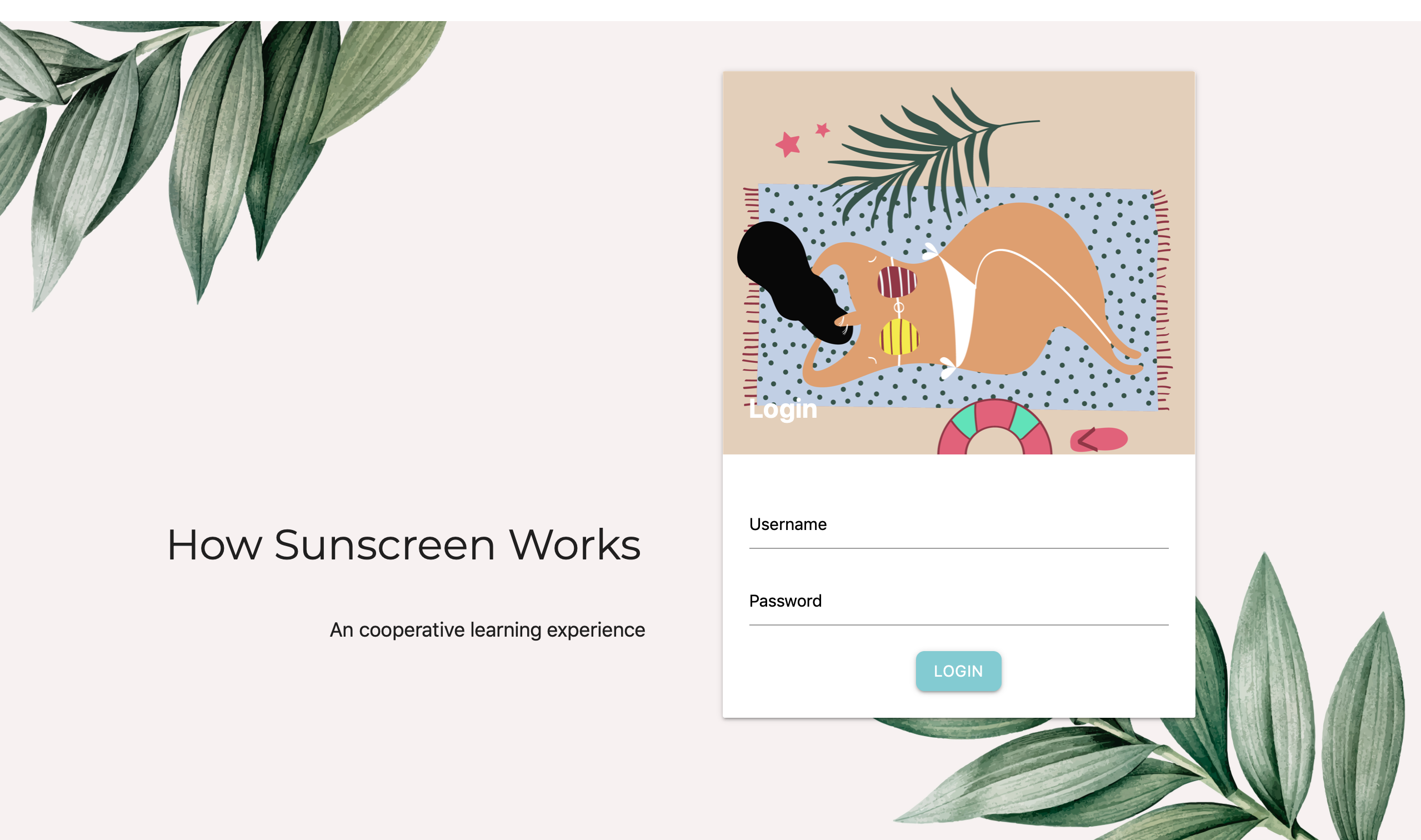
Learners are constantly reminded know which group they are assigned to, so they know what to expect when it comes to peer teaching.
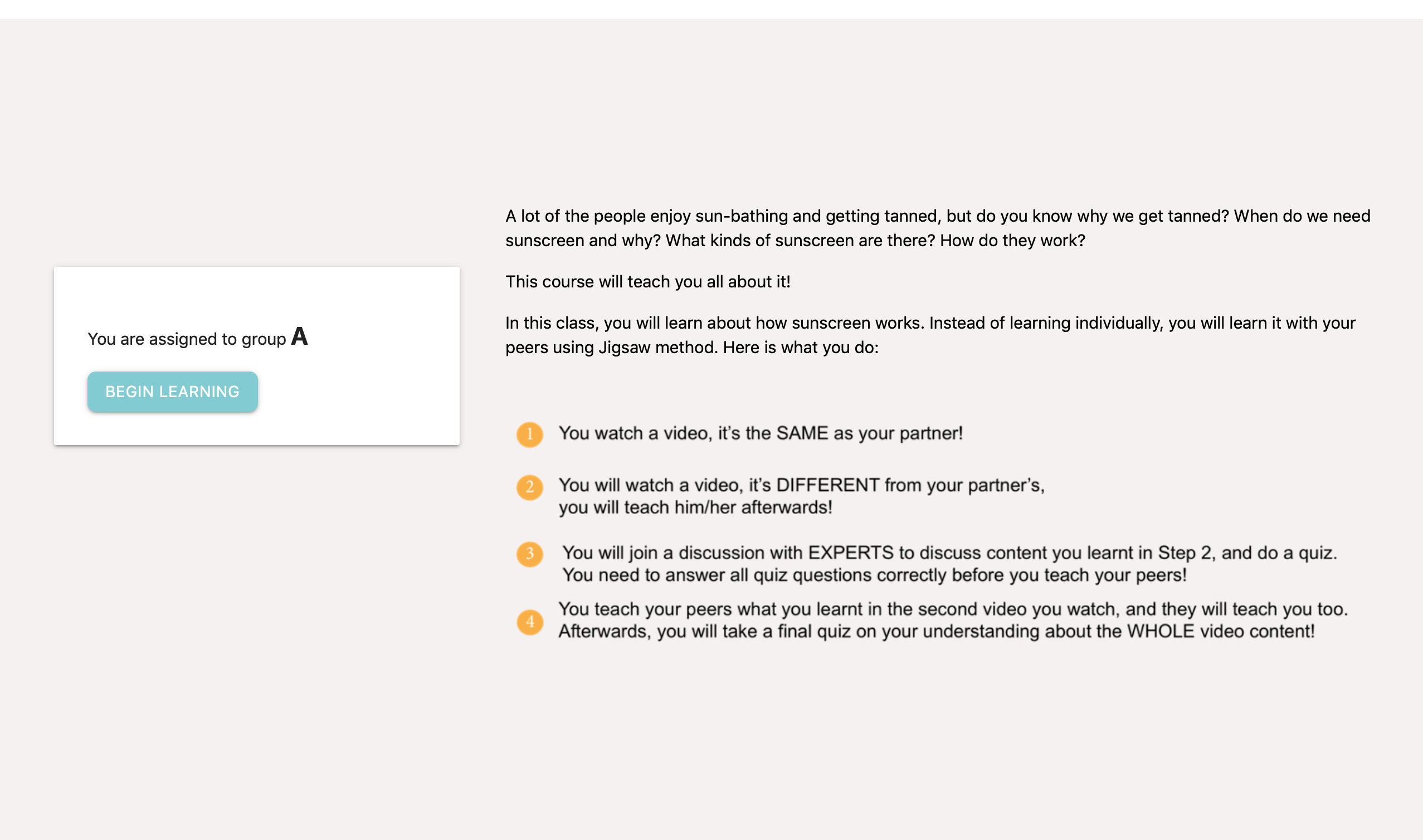
Learners watch an introductory video on this topic, which is common to all of them.
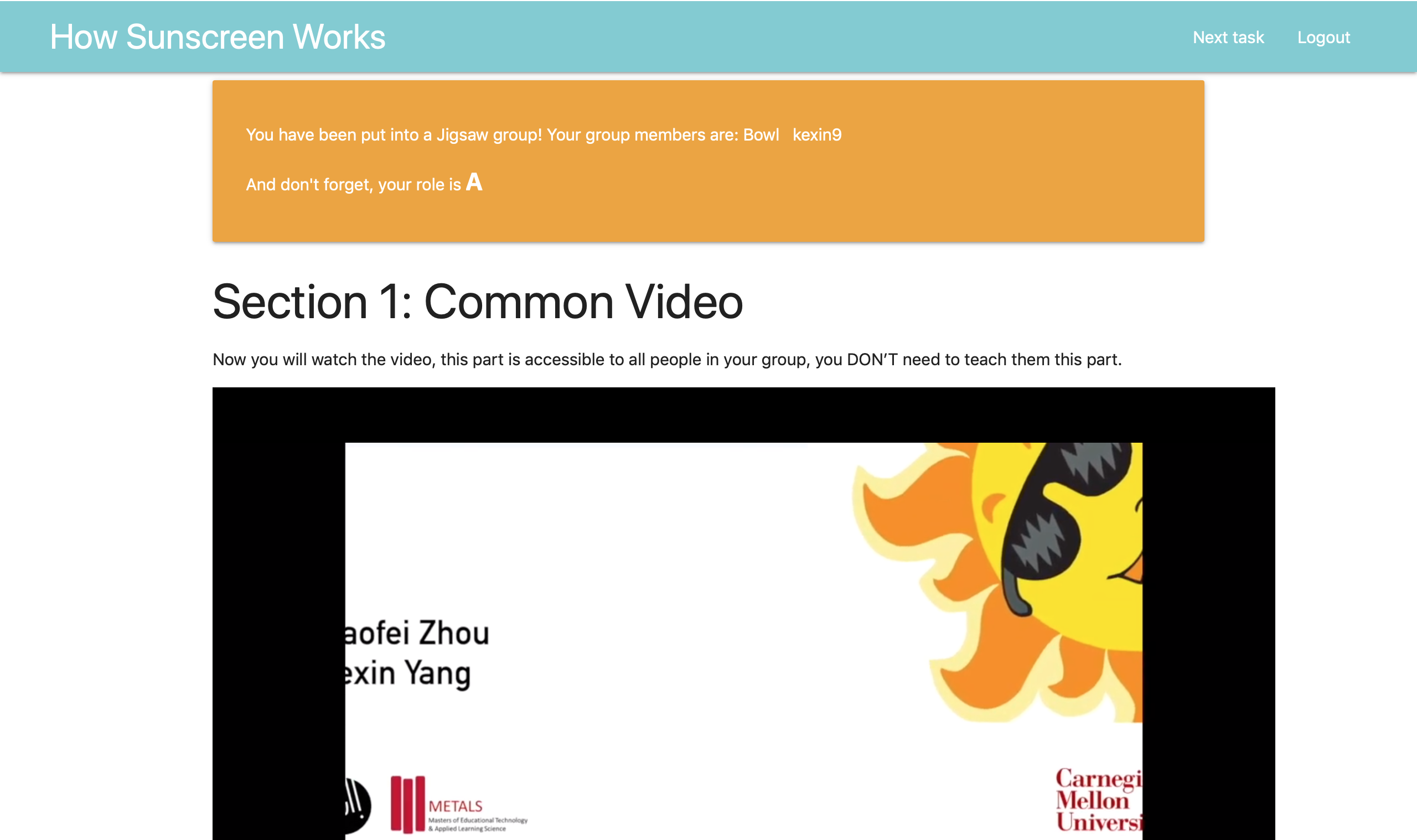
Then they each watch a different part of the video.
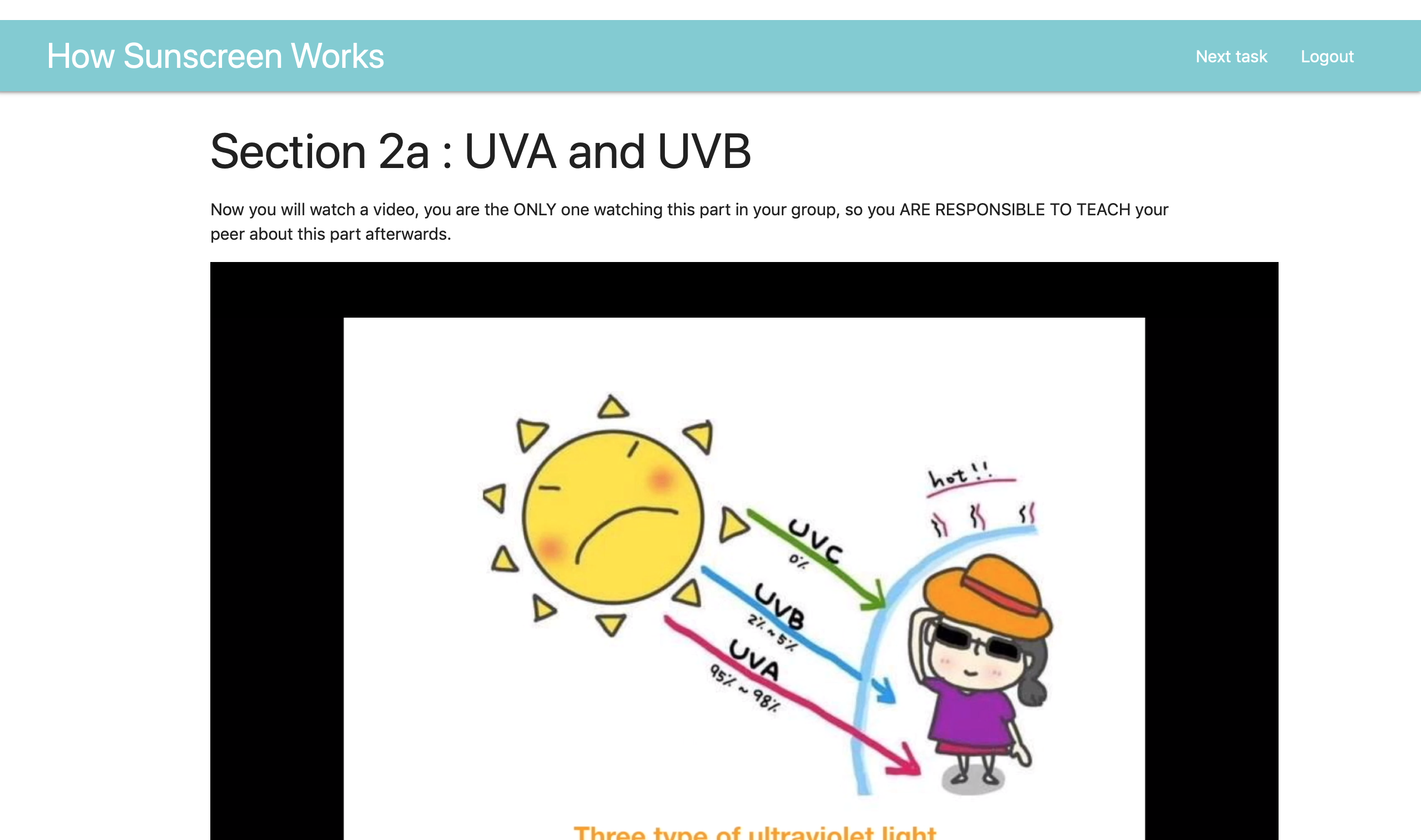
Like in Jigsaw method, learners can discuss in “Expert group” in the discussion board.
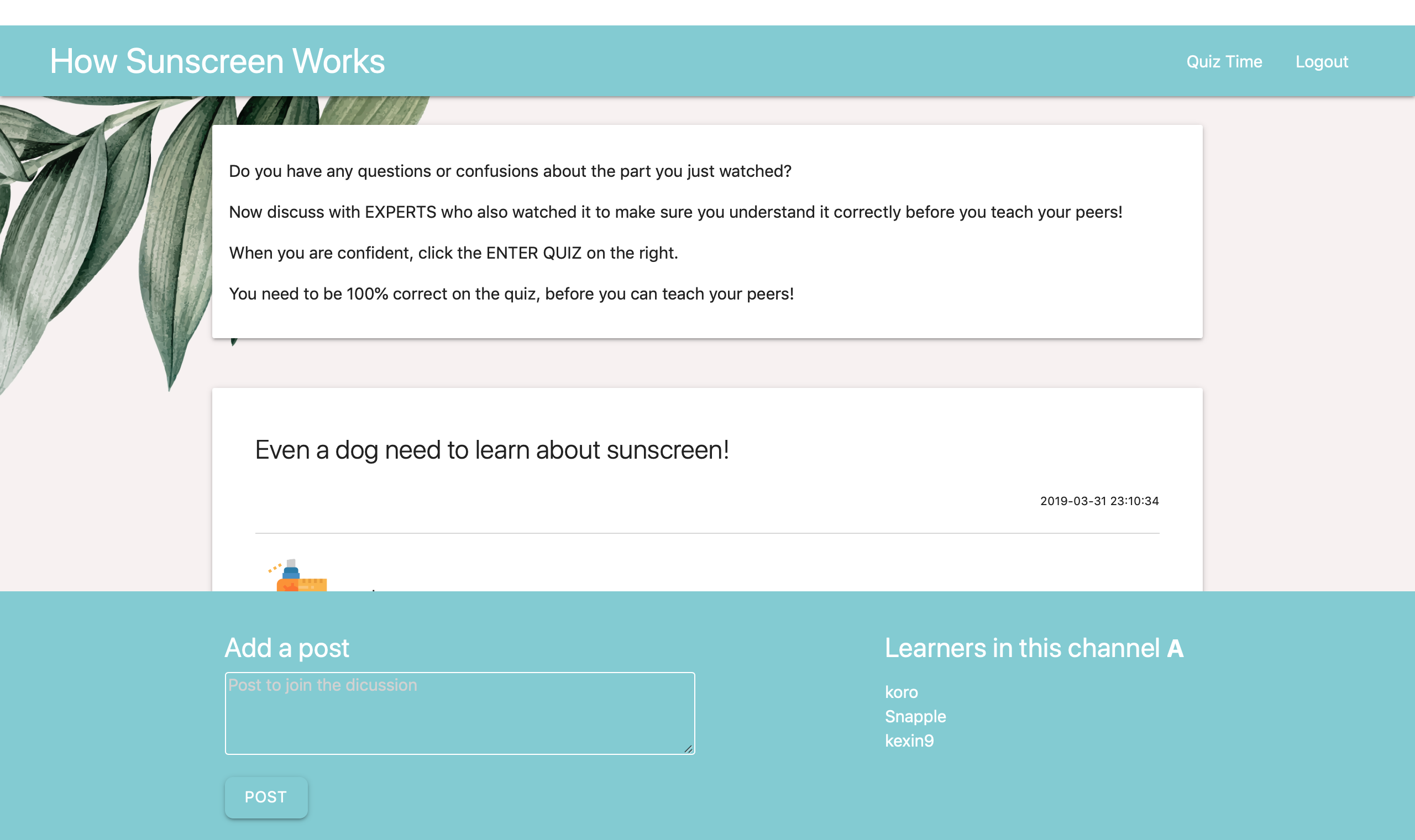
Learners need to take a quiz, they need to get all questions correct, and make sure they are confident to teach the topic to their peer.

They get explanatory feedback on the quiz questions, but the answers are not highlighted, to avoid roting.

Now these expert learners are ready to teach their peer in the discussion board!
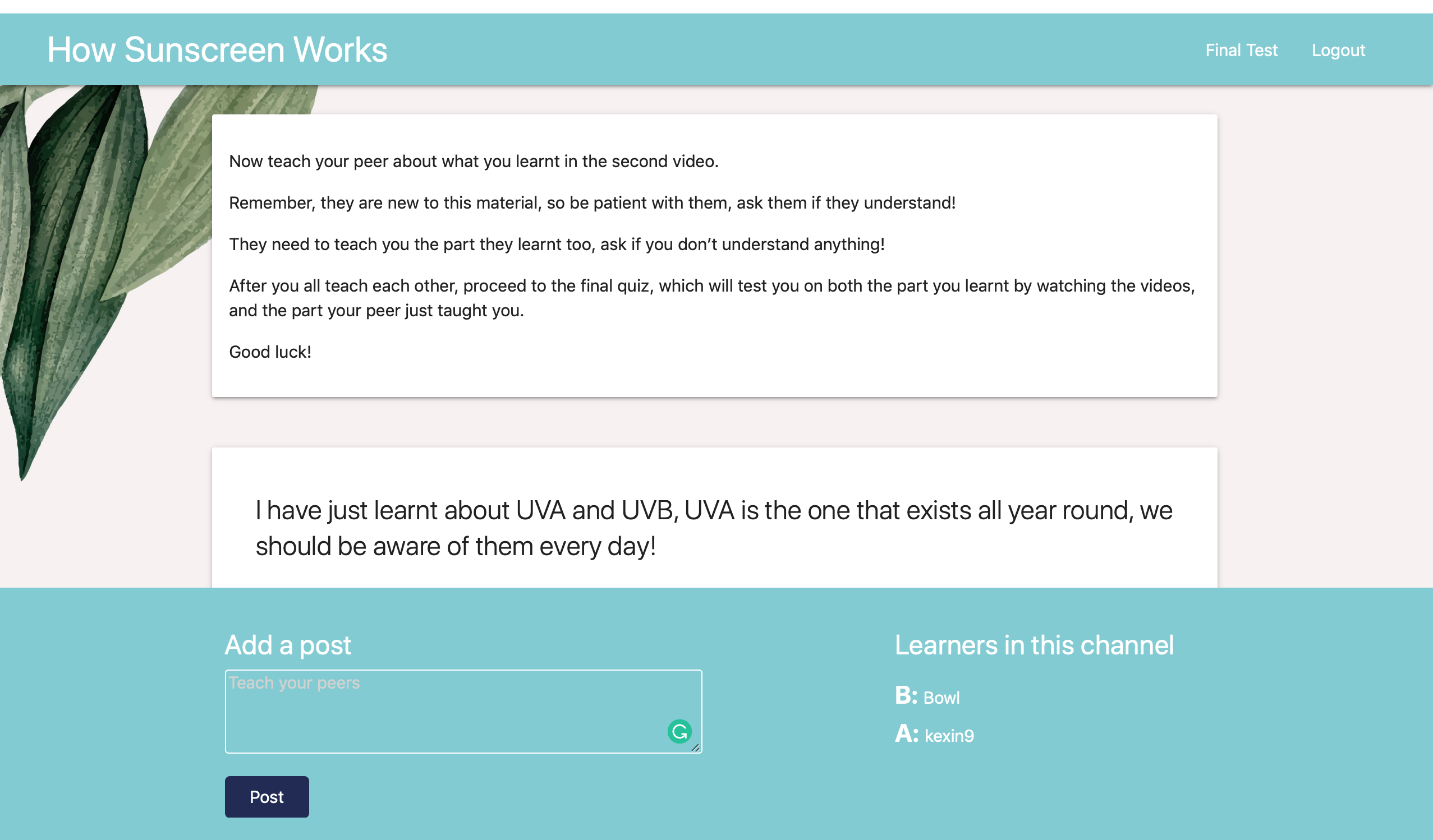
If they want to leave for the final quiz, they will be asked to reflect, whether they have taught their peers.
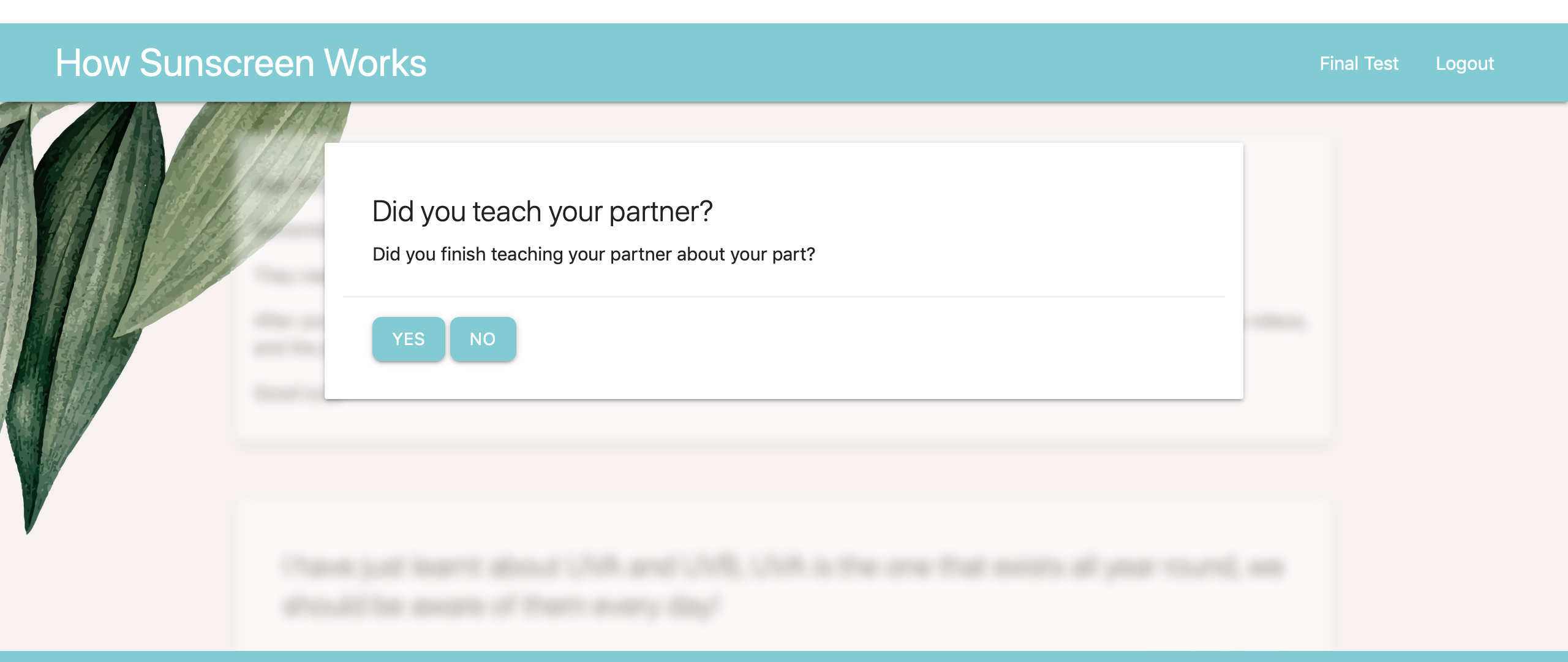
If their answer is no, they will be directed back to teach their peers.
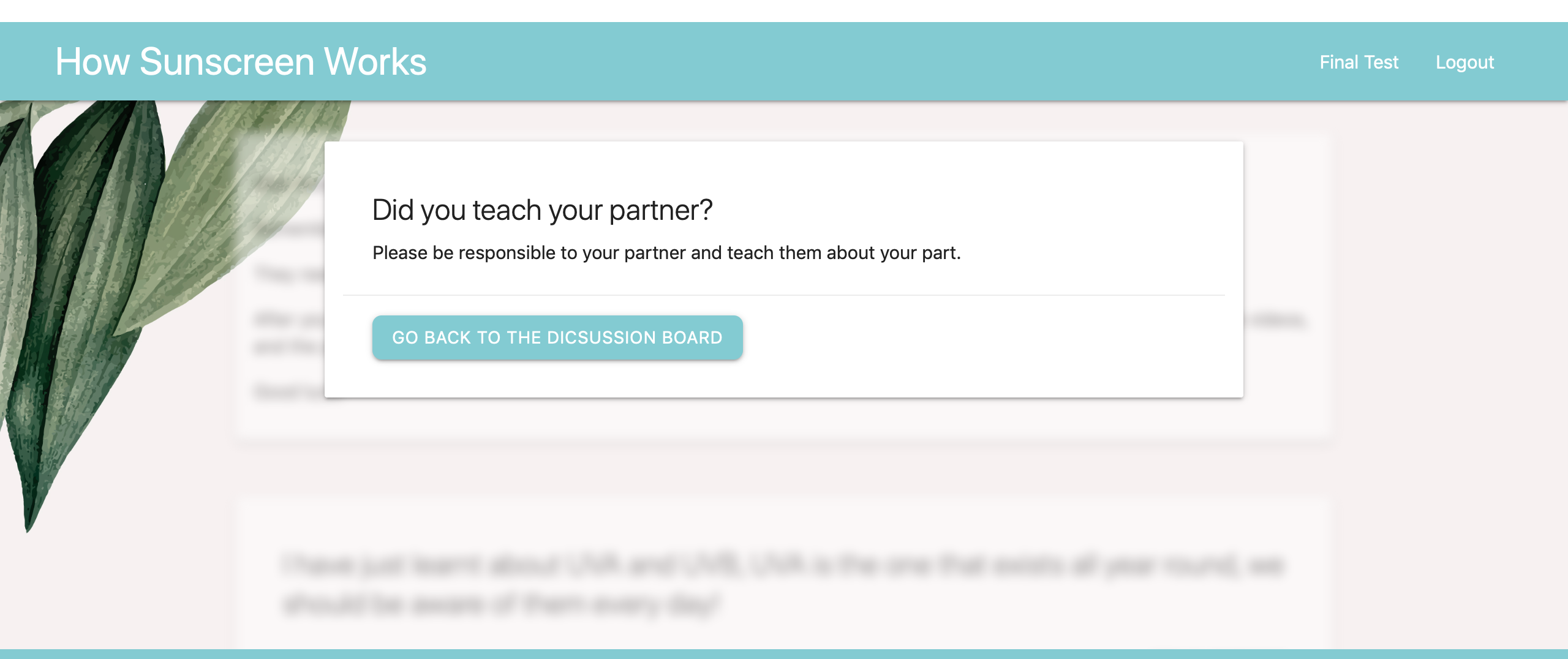
The course finished once they are done with the final quiz.

What’s special?
1) The discussion board feature of this tool, enable people to discuss in an asynchorized way.
2) Our tool is flexible and has memory of users’ history, so that they can resume when they come back. 3) Learners can get in contact with learners all around the world, since this application/platform can be accessed world-wide.
